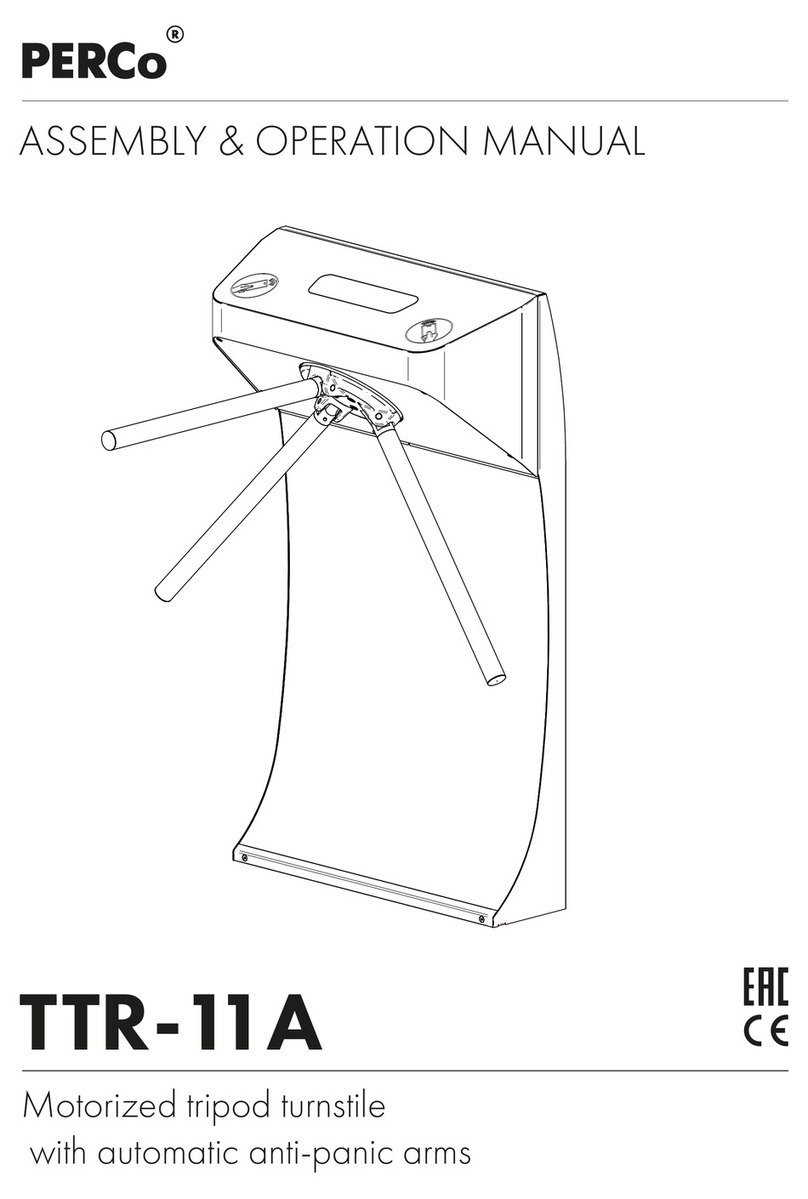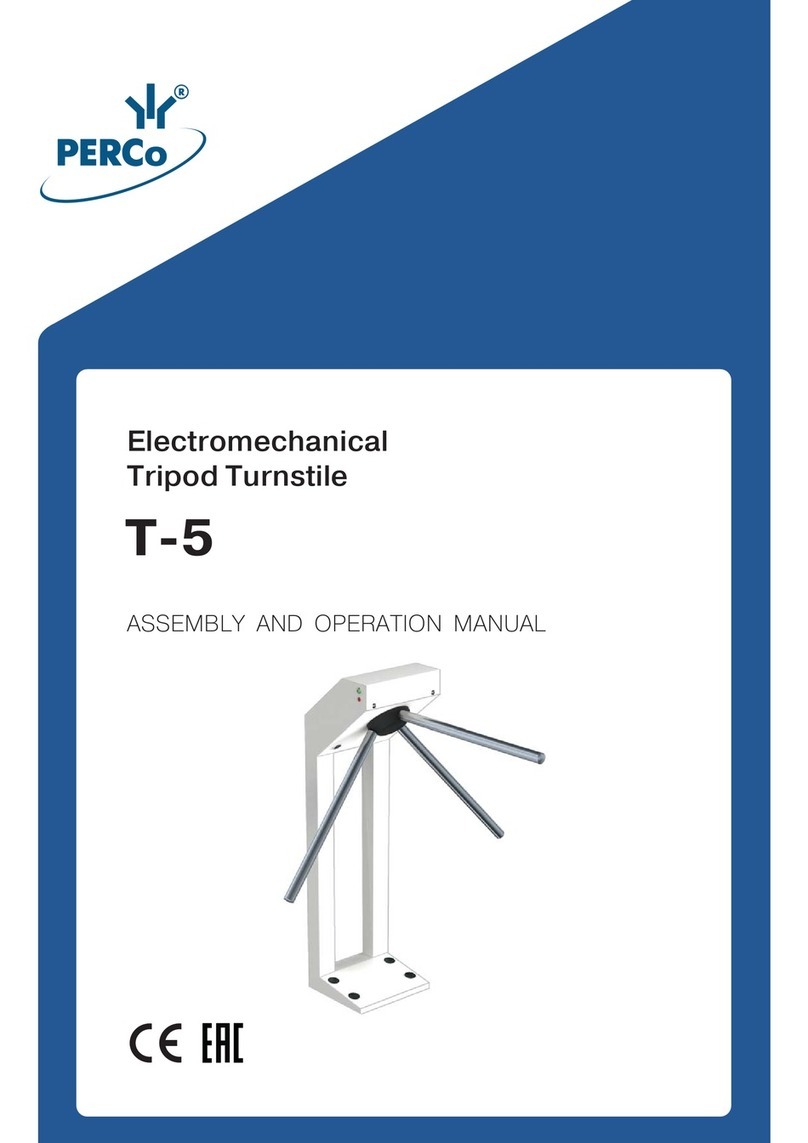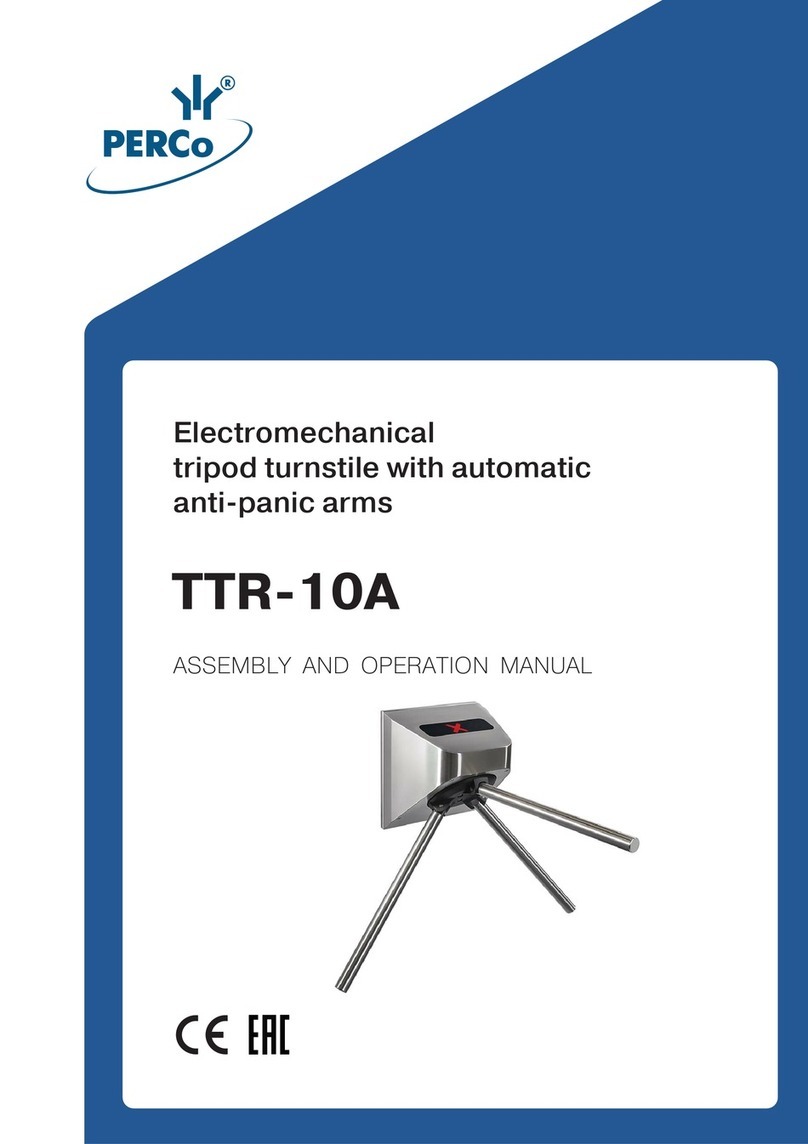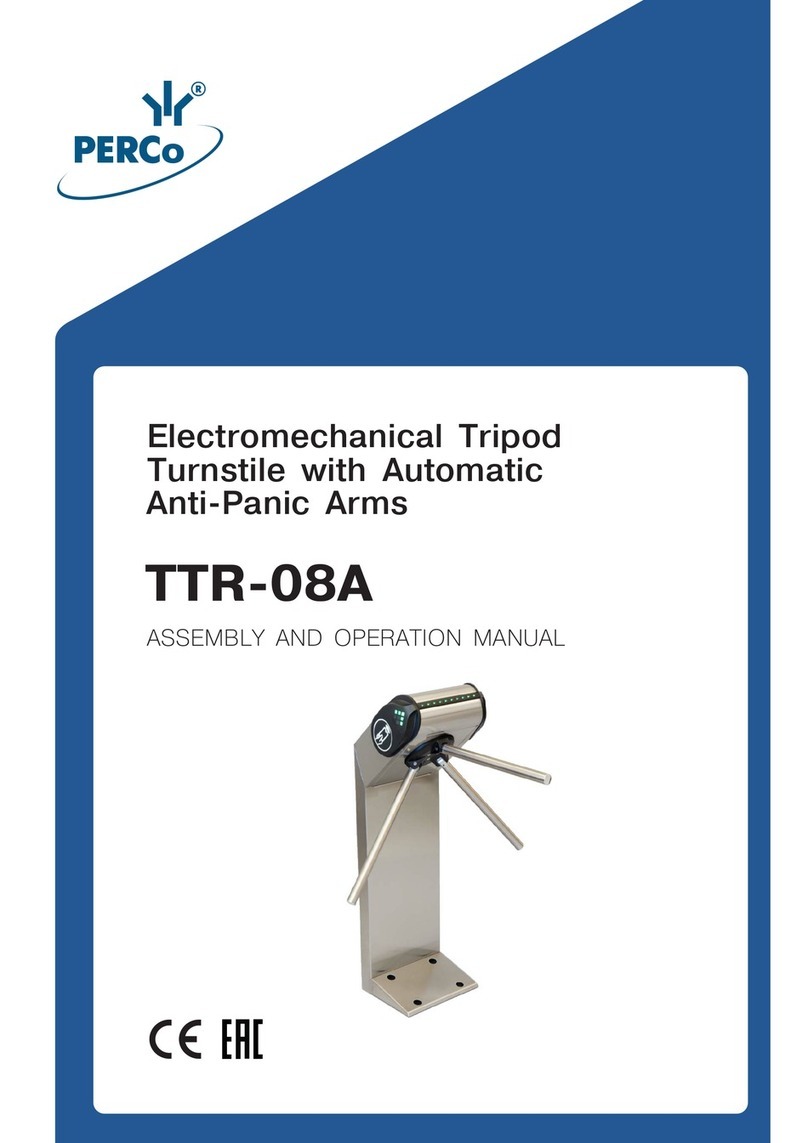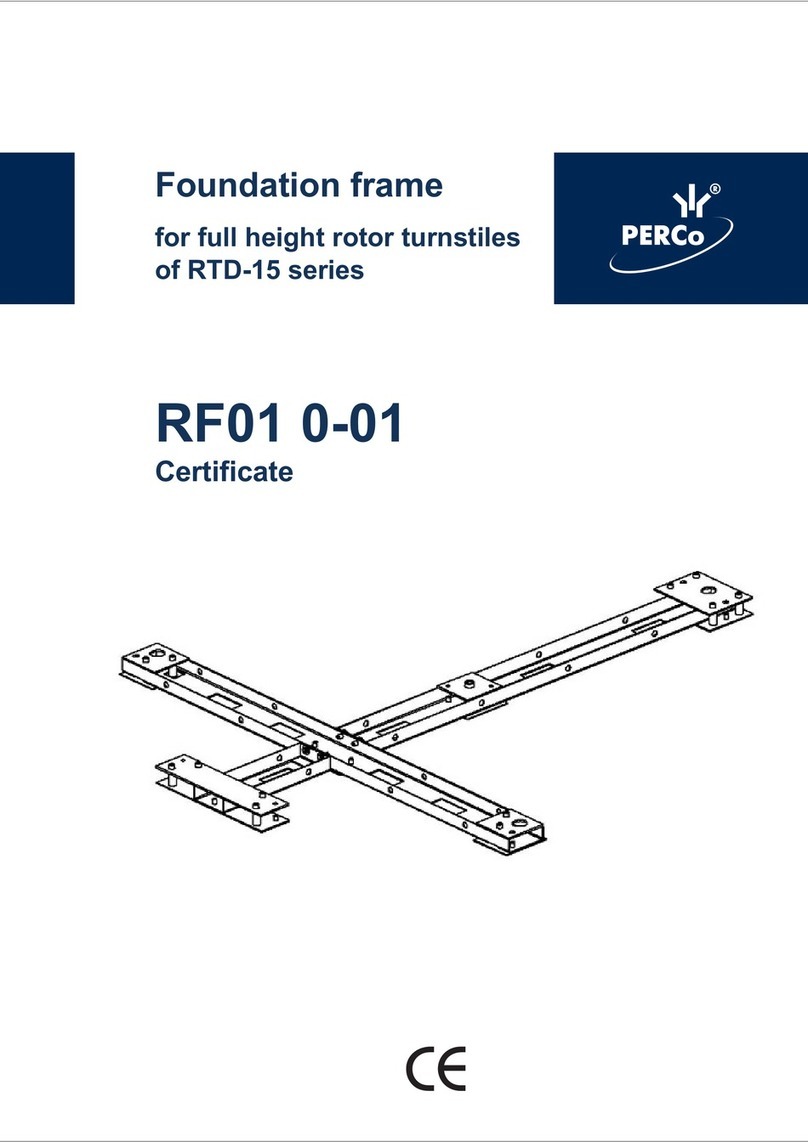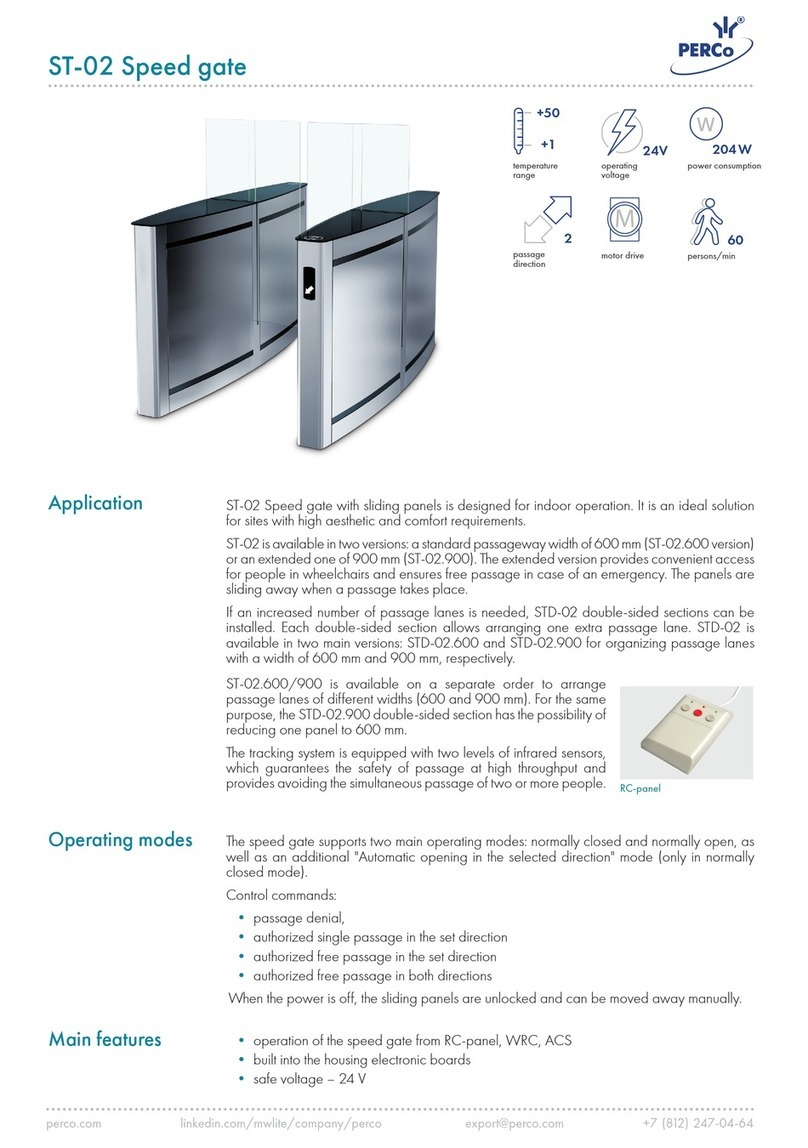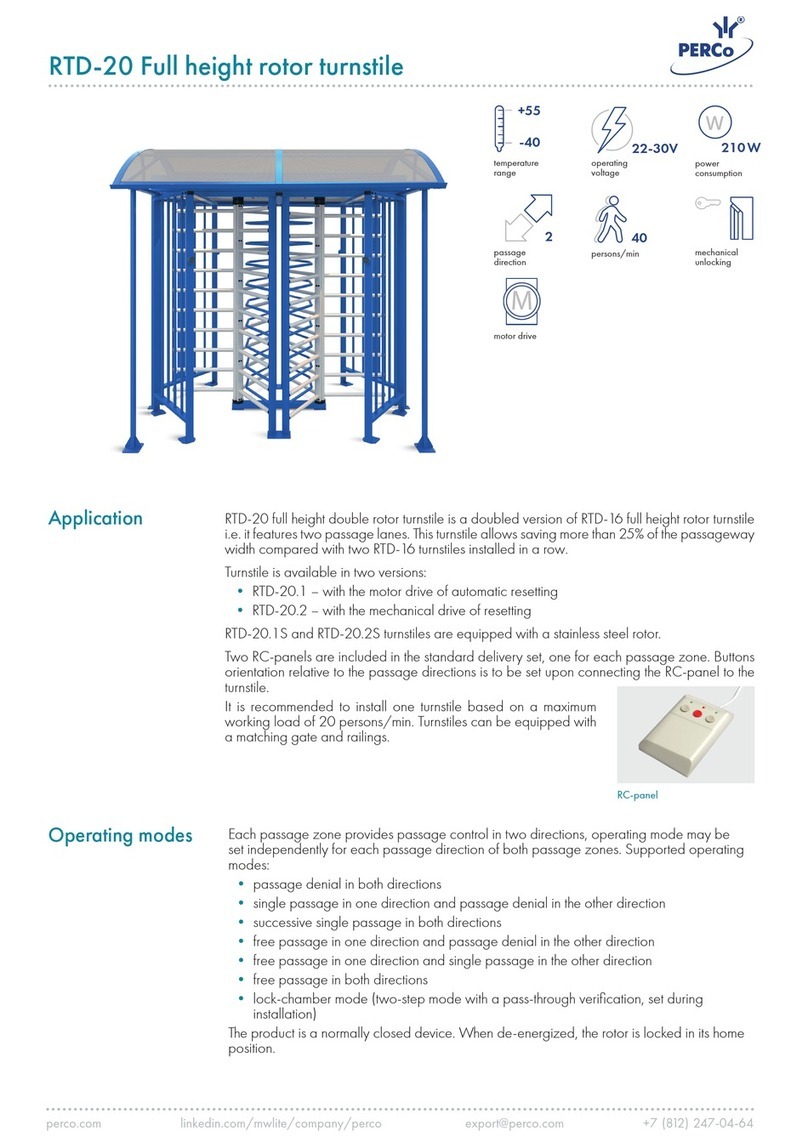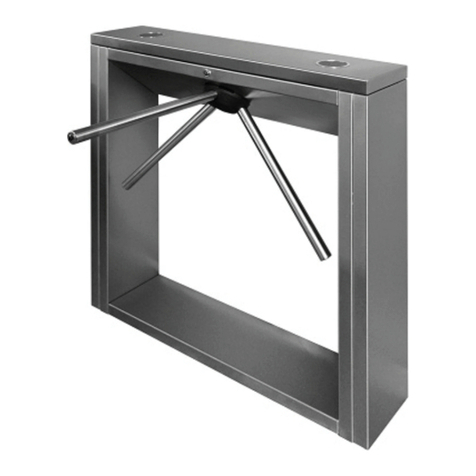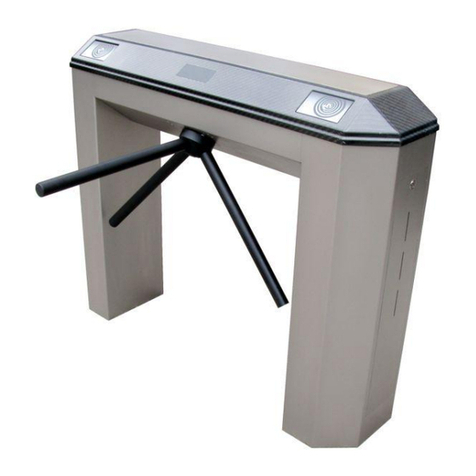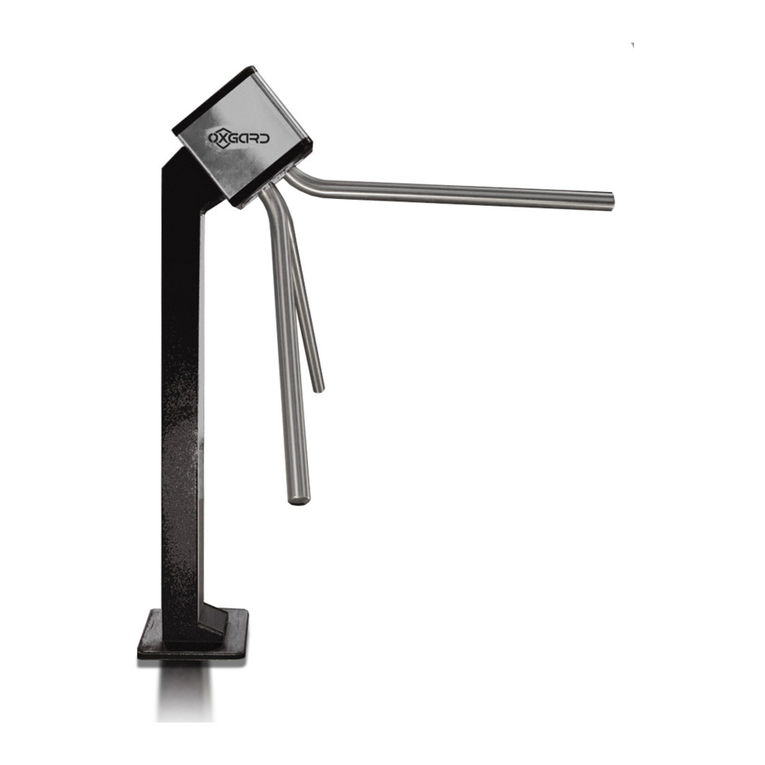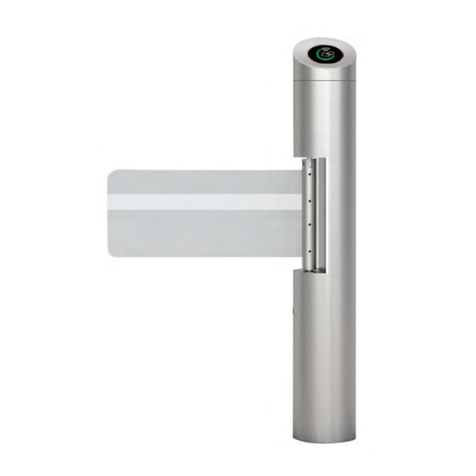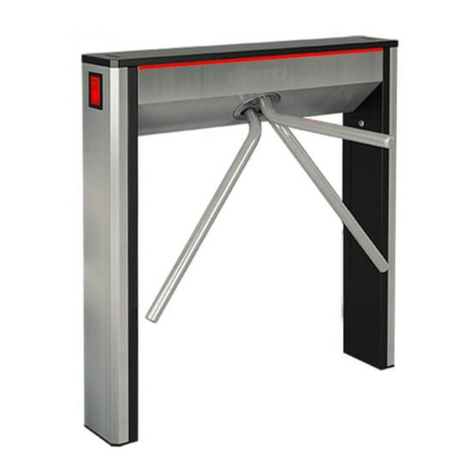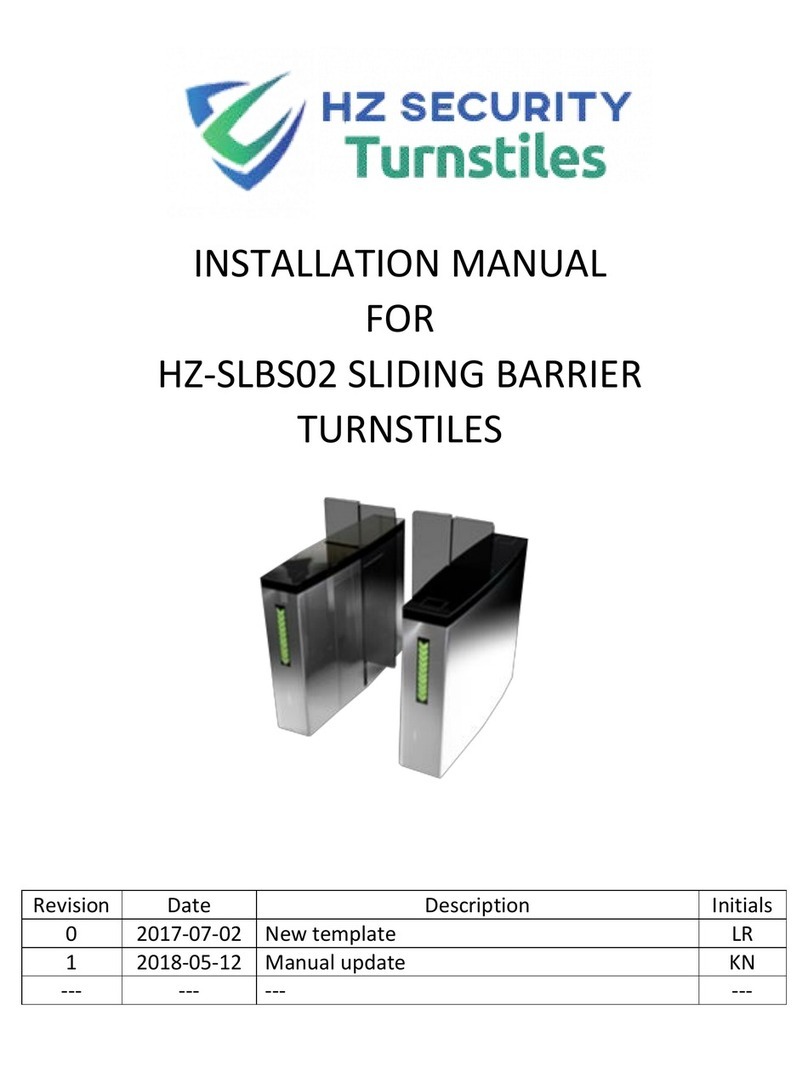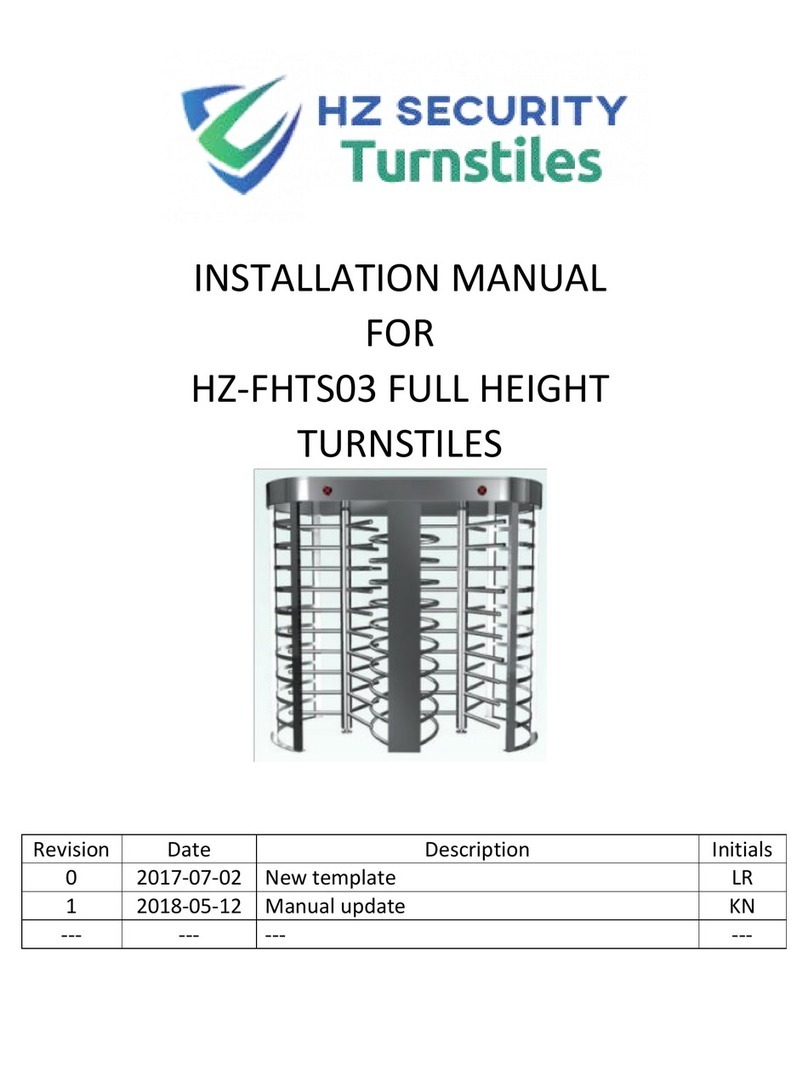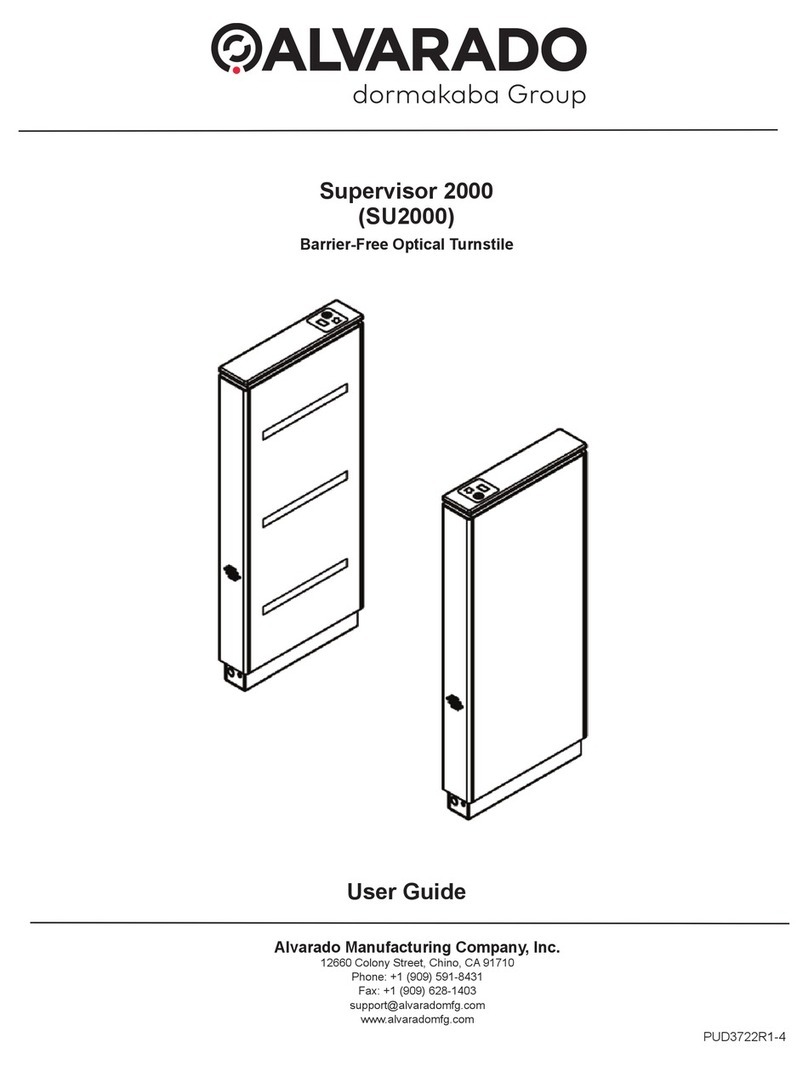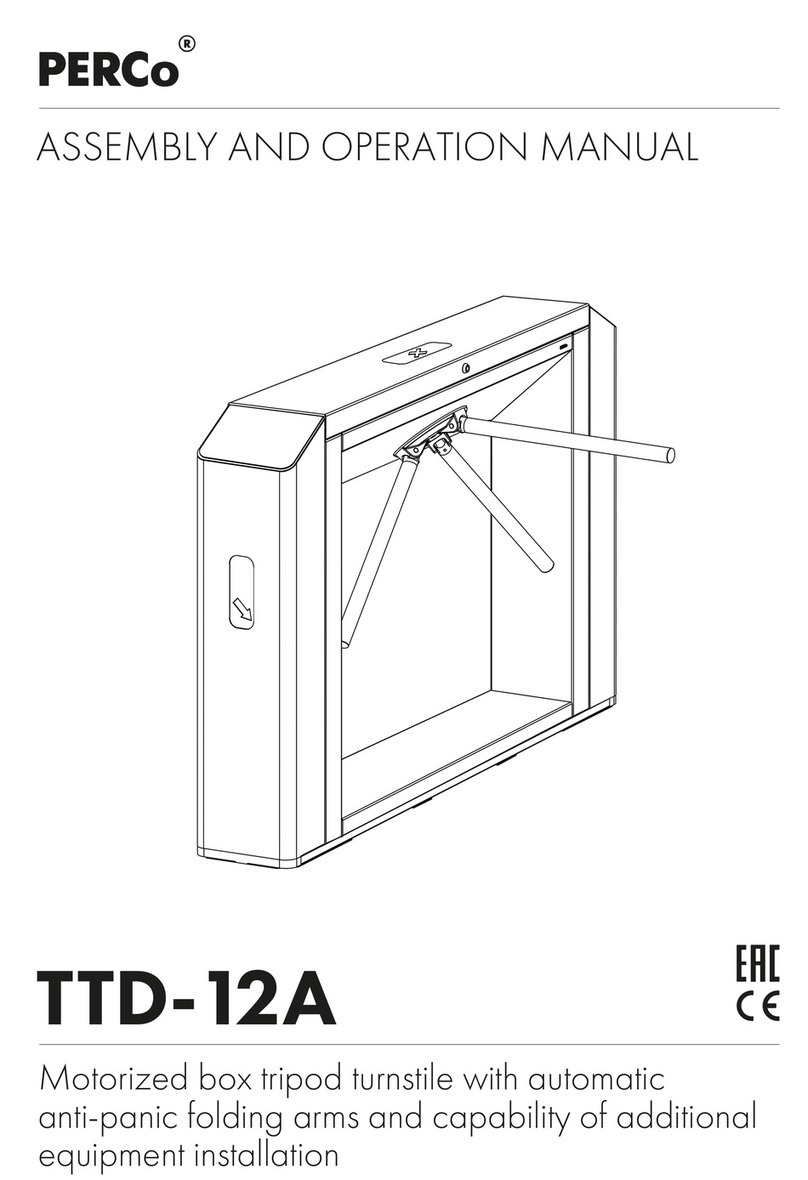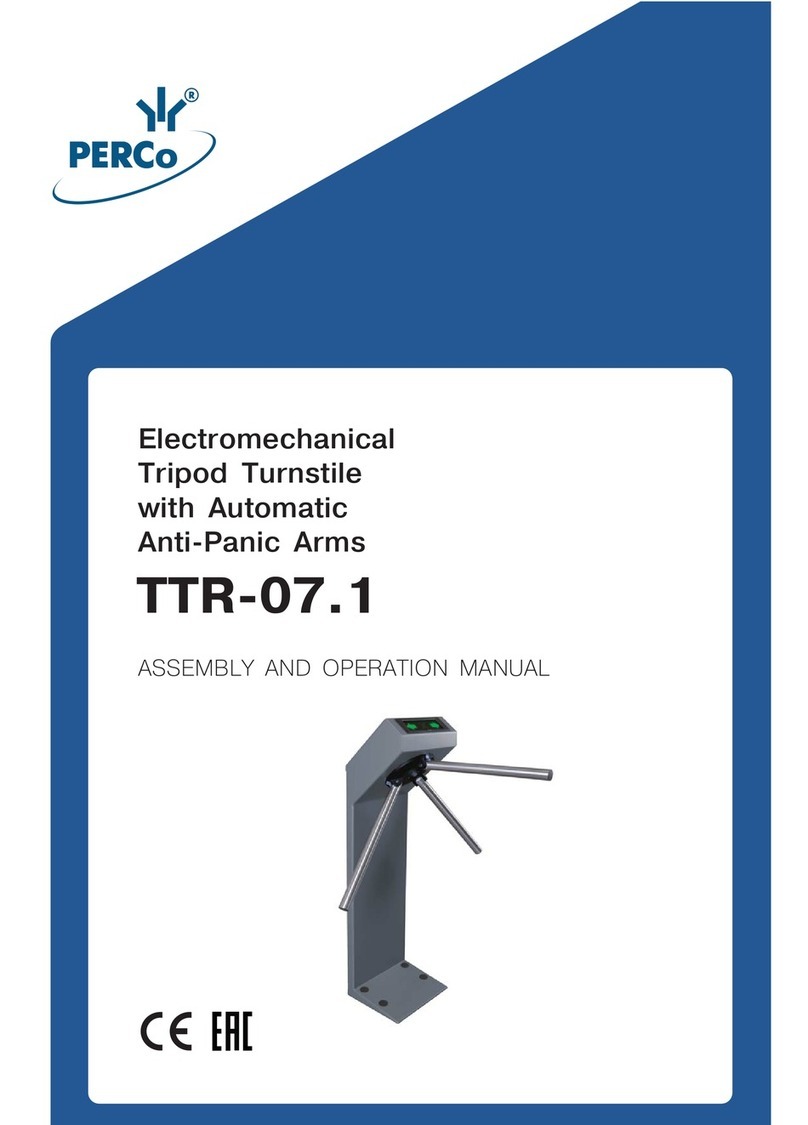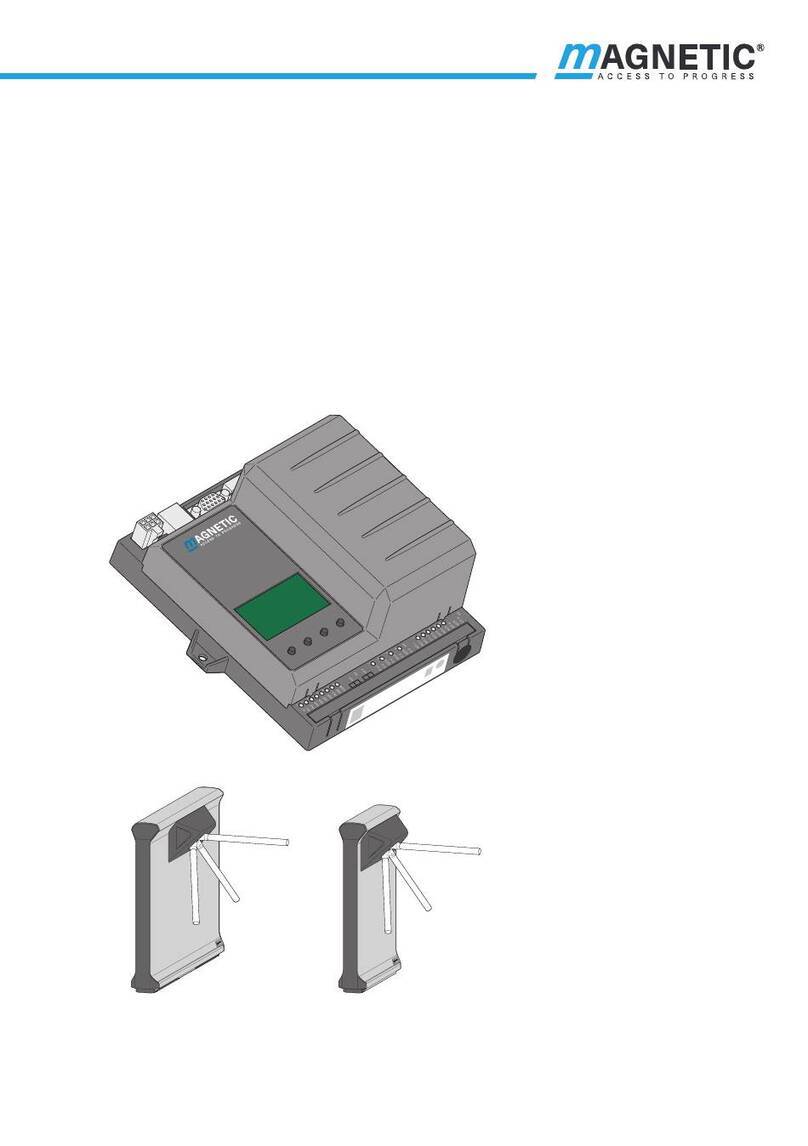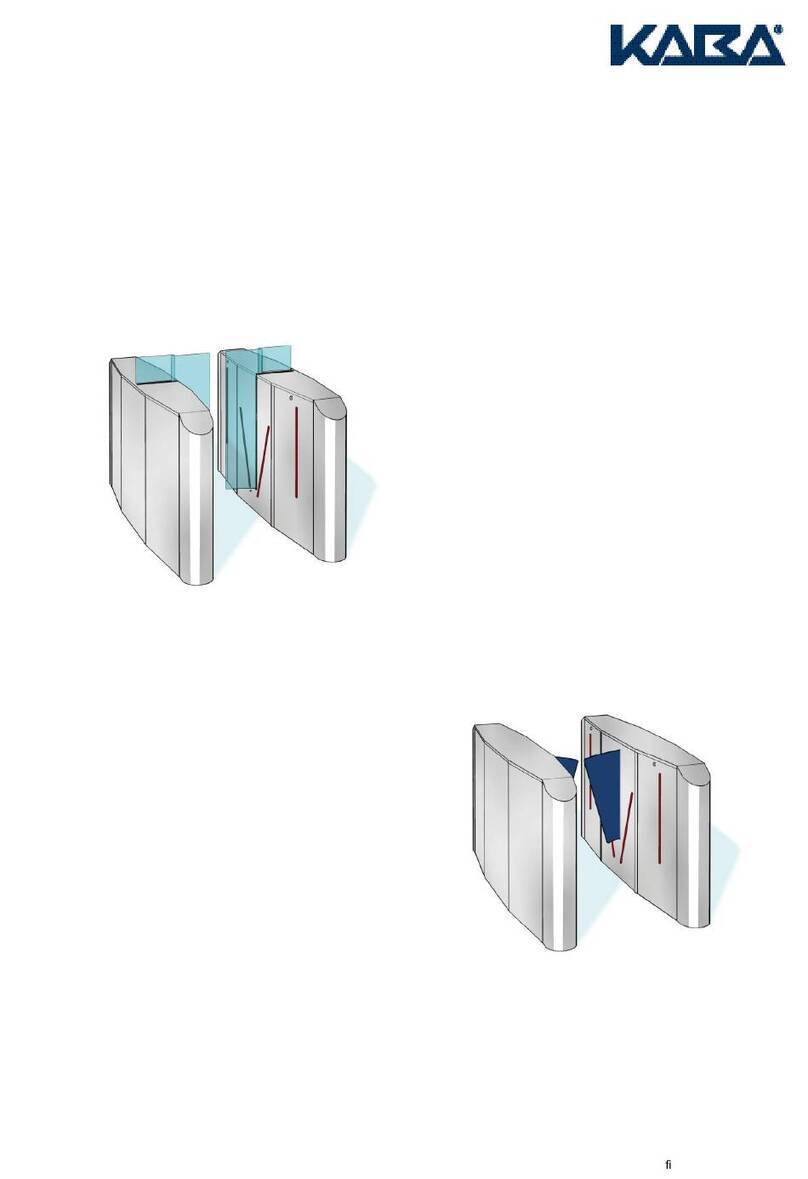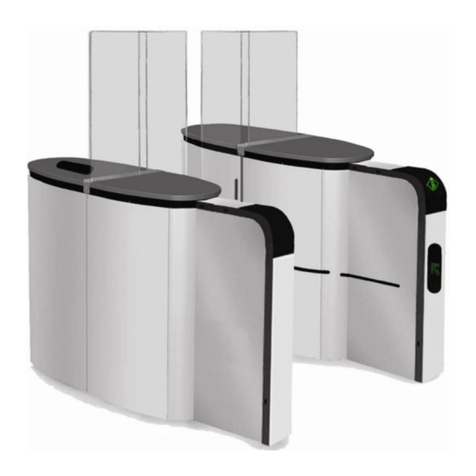
Assembly and Operation Manual
2
CONTENTS
1. APPLICATION............................................................................................................... 3
2. OPERATION CONDITIONS.......................................................................................... 3
3. TECHNICAL SPECIFICATIONS................................................................................... 3
4. STANDARD DELIVERY SET........................................................................................ 4
5. OPTIONAL EQUIPMENT SUPPLIED ON REQUEST .................................................. 4
6. PRODUCT DESCRIPTION ........................................................................................... 4
6.1. Main features .......................................................................................................... 4
6.2. Design ..................................................................................................................... 5
6.3. Control over the TB-01 turnstile .............................................................................. 8
6.4. Input control signals and their parameters at autonomous control ......................... 9
6.5. Control modes ....................................................................................................... 11
6.6. Operation from the RC panel ................................................................................. 12
6.7. Operation from wireless remote control ................................................................. 13
6.8. Operation from an ACS controller .......................................................................... 13
6.9. Optional external devices connected to the turnstile .............................................. 13
6.10. Unblocking with a mechanical release key........................................................... 14
6.11. Operation contingencies and response............................................................... 14
7. MARKING AND PACKAGING.................................................................................... 15
8. SAFETY REQUIREMENTS......................................................................................... 15
8.1. Installation safety requirements............................................................................. 15
8.2. Operation safety requirements .............................................................................. 16
9. INSTALLATION INSTRUCTIONS .............................................................................. 16
9.1. Installation details .................................................................................................. 16
9.2. Installation tools..................................................................................................... 17
9.3. Cable length .......................................................................................................... 17
9.4. Installation procedure ............................................................................................ 17
9.5. Connecting readers to an ACS.............................................................................. 20
10. OPERATION INSTRUCTIONS ................................................................................. 21
10.1. General................................................................................................................ 21
10.2. Power-up ............................................................................................................. 21
10.3. Turnstile operating modes in pulse control mode............................................. 22
10.4. Operation of the TB-01 turnstile in potential control mode............................... 23
10.5. Operation of the turnstile when controlled by an ACS ........................................ 24
10.6. In case of an emergency ..................................................................................... 25
10.6.1 Unlocking with a mechanical release key .......................................... 25
10.6.2 Anti-panic folding arms....................................................................... 25
10.7. Possible faults ..................................................................................................... 25
11. TRANSPORTATION AND STORAGE...................................................................... 26
12. MAINTENANCE ........................................................................................................ 26
APPENDIX А.................................................................................................................. 28
APPENDIX B .................................................................................................................. 32
APPENDIX C .................................................................................................................. 34
